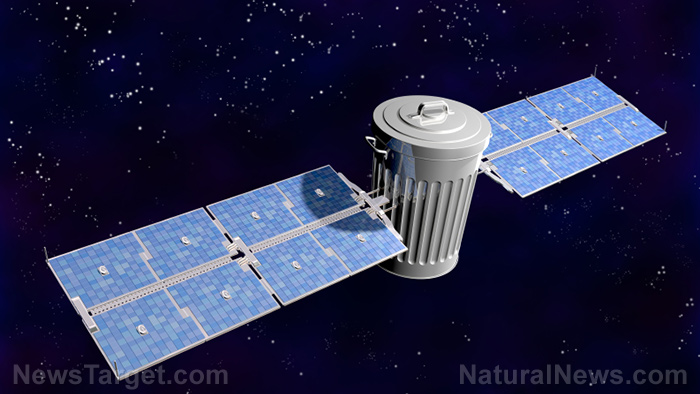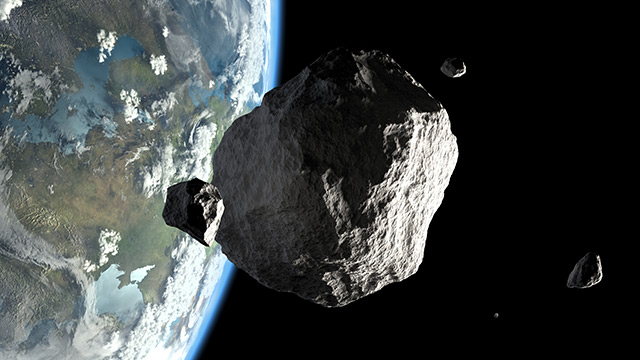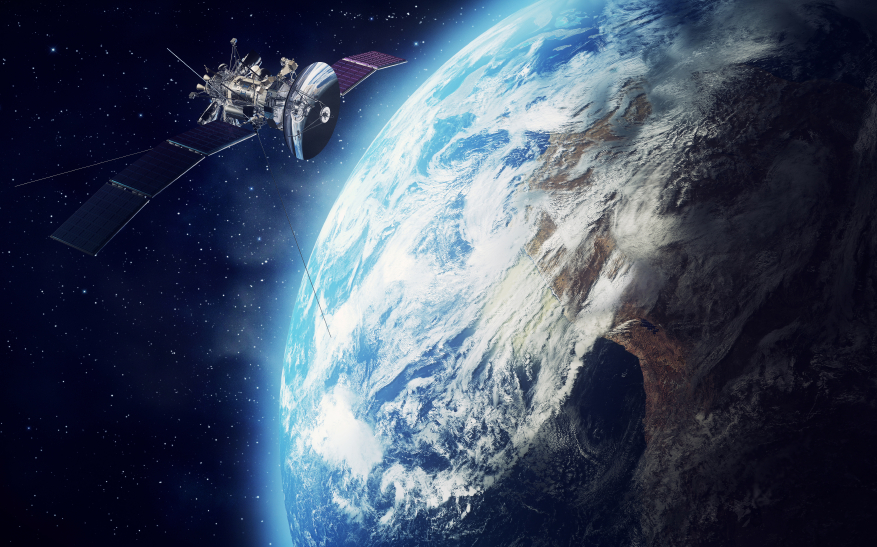A giant impact on Mars that happened billions of years ago explains why the Red Planet is filled with iron
06/05/2018 / By Edsel Cook

The mantles of Earth and Mars boast a lot of iron and “iron-loving” metals, more than what should be present from planetary formation. In a Space.com article, a new study suggests that these metallic bounties resulted from the impacts of giant space rocks in the distant past.
Planets start out as tiny grains of cosmic dust that accumulate to form planetesimals. These “minute planets” will keep bumping into each other until they are either hurled outside the star system, devoured by the star, or form a stable planet.
Even after reaching planethood, a celestial body continues to grow. The leftover planetary material fall on the surface of the young planets in a process called “late accretion.”
A joint research team from the Tokyo Institute of Technology (Tokyo Tech) and the University of Colorado, Boulder (CU) investigated a giant impact that took place during Mars’ late accretion. They believed this impact explains why the mantle of the Red Planet has large amounts of rare noble metals.
A similar impact supposedly accounts for the same reason why Earth’s mantle has so much resources. (Related: Study of microbes from extreme habitats may aid search for life on Mars.)
Giant impacts added “iron-loving” elements to the mantles of Earth and Mars
Once a proto-planet gets far enough into the accretion process, its core forms when certain metals start sinking into it. Iron and nickel are some of these metals, which is why Earth’s core is mostly nickel-iron. The same holds true for Mars.
The iron and nickel also drag down siderophiles, which are elements that easily bond with iron. Some examples of siderophiles are gold, iridium, and platinum.
The mantles of Earth and Mars, however, contain higher siderophiles than normal. Planetary expert Ramon Brasser of Tokyo Tech says those metals would have sunk through the mostly silicate mantle to get to the core.
Brasser believes the siderophiles in the mantle arrived after the core and mantle became distinct layers. In a different paper published in 2016, he showed that the abundance of siderophile elements on Earth came from a giant impact and not late accretion.
Furthermore, he showed that this same impact could have been the one that formed the Moon. A lunar-sized impactor would have been big enough to ensure the siderophile levels in Earth’s mantle.
Meteorites from Mars provide evidence that the Red Planet gained another 0.8 percent mass during late accretion. Brasser and his CU partner Stephen Mojzsis published a new paper saying that this gain would have been produced by a single collision event involving an impactor with a diameter of 745 miles (1,200 km).
Mars got hit by a giant impactor after its core formed but before its crust appeared
Furthermore, the researchers say that the impact occurred after the formation of Mars’ core but before its crust solidified. They based their findings on the presence of zircon crystals in meteorites from Mars.
If the impactor arrived during the formation of the core, it would have ripped out the siderophiles. Neither could it have taken place once the crust had solidified because it would have left massive marks on the surface of the planet.
A giant impact could also explain why the northern and southern hemispheres of Mars look different. The southern hemisphere looks older and is pockmarked by craters. Meanwhile, the surface of the northern half of the planet seems smoother and younger. It also shows higher signs of volcanic activity.
There is also a theory that the giant impact created Phobos and Deimos, the two tiny moons of Mars. Other experts argue that Phobos is an asteroid that was captured by Mars’ gravity.
You can read more about our ever-expanding knowledge of Mars at Space.news.
Sources include:
Tagged Under: celestial bodies, Earth, giant impact, iron, mantle, Mars, planetesimals, planets, red planet, science, siderophiles, Space, space exploration, surface of Mars




















